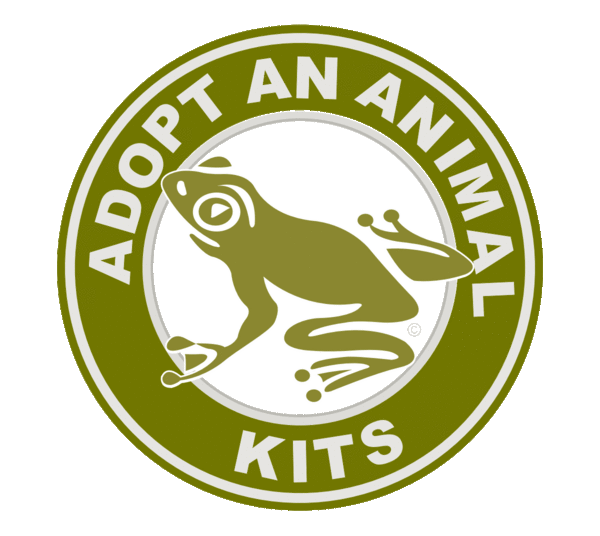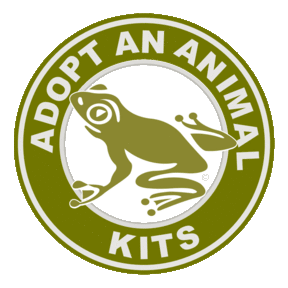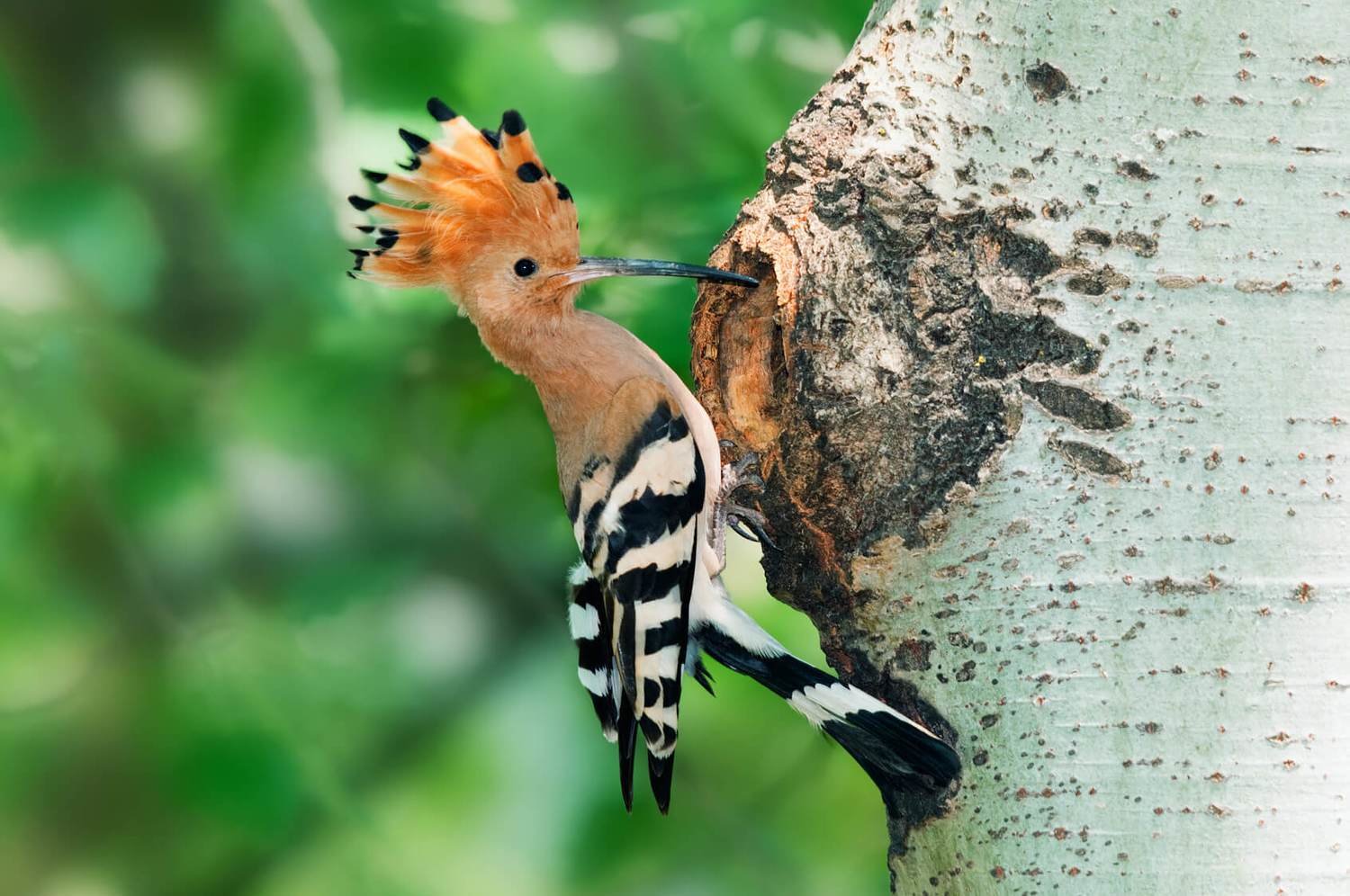

Adopt An Animal Kits
Adopt An Animal symbolically. Your Adopt An Animal Kit comes in a Deluxe Folder and includes: Glossy Photo of Your Adopted Animal; Adopt An Animal Adoption Certificate; Fact Sheet About Your Adopted Animal; Help Animals Info Cards Packed With Information On Animal Issues & How You Can Help Animals And The Environment. Adopt An Animal for Yourself or as a Gift.
Adopt A Woodpecker
Adopt A Woodpecker
Your Adopt A Woodpecker Kit comes in a Deluxe Folder and includes:
- Glossy Photo Of Your Adopted Woodpecker
- Adopt A Woodpecker Adoption Certificate
- Fact Sheet About Your Adopted Woodpecker
- Help Animals Info Cards Packed With Information On Animal Issues & How You Can Help Animals And The Environment
Adopt A Woodpecker Kits make great gifts and can be sent directly to the recipient. Simply supply the recipient's name and mailing address as shipping information. We'll even include a letter stating the Adopt An Animal Kit is from you.
Adopt An Animal symbolic adoption is a one time fee. Adopt an animal for yourself or order an Adopt An Animal Kit as a gift. Help make a difference for animals - Adopt An Animal Today!
Adopt A Woodpecker
Natural avian drilling experts, woodpeckers are well-known in popular culture. These notorious members of the Picidae family are almost exclusively tree-dwellers, and are found in treed areas throughout most of the world, with the exception of Australia, New Zealand, Madagascar and the more extreme Polar Regions. There’s far greater species diversity present in rainforest habitats, but woodpeckers can be found in savannahs, scrublands and bamboo forests as well. A few species do inhabit grassland or desert, sometimes nesting in taller cacti plants instead of trees, or, like the enterprising ground woodpecker, in holes that they dig themselves. The presence of deadwood is important for breeding populations of forest woodpecker species.
Generally, woodpecker species have similar physiological characteristics. Depending on species, they can range in size from around 6” up to 21” in length, and up to just over 1lb in weight. The largest woodpecker species is thought to be the ivory-billed woodpecker, which had been listed as extinct for a large part of the 20th century but was rediscovered again in 2005.
A woodpecker’s strong bill and thickened skull are suitable for drilling on trees, and their brain is smaller in size and oriented differently from other avians to protect it from damage caused by repeated impacts. In fact, a woodpecker can repeatedly peck on a tree from around 8,000 to 12,000 times a day, at velocities of up to 10,000 m/s2. Their nostrils are slit-like and covered by protective feathers, while their eyes have a thick membrane that closes just before the bird makes contact, protecting them from flying pieces of wood or tree bark.
A woodpecker’s tail and feet are also uniquely functional; stiffened tail feathers actually help to act as a prop or support for them as they forage or rest in between bouts of drilling, and their feet, which have two toes facing forwards and two facing backwards, are adapted to assist them with grasping tree limbs and walking vertically up tree trunks as they forage. The males of many woodpecker species also tend to have distinctive red or yellow head markings.
Woodpeckers spend a large part of their day foraging for food. Their diet is mainly made up of insects like ants, termites, beetles, spiders and grubs from trees, though they’ll also feed on fruit, nuts and tree sap. They either collect food from the crevices in bark, or excavate holes in the wood to reach their prey, reaching in and capturing it with a long, barbed tongue. It’s a fact that many woodpecker species have a positive ecological impact on the trees they live in, since they help to control insect infestations that could damage forested areas.
When it comes to social behavior, each woodpecker species is different; some are extremely antisocial, aggressively driving away other woodpeckers, while others live in communal breeding groups, or join mixed-species flocks when they’re feeding. Staying within a larger group allows them to reduce their vigilance towards predators and increase their rate of successful foraging as well. They’re most active during the day, roosting at night inside holes (often tree cavities), which they’ll also use as nesting sites. Roosts are typically lined with the wood chips produced as a hole is made, and most woodpeckers will usually only build one nest each breeding season, though sometimes it takes them multiple tries before they find a location that’s just right. A breeding pair can take up to a month to finish excavating the perfect nest, and abandoned attempts are often used by other bird species and small mammals. They’ll often need to determinedly defend their nest once it becomes usable, since they face competition for nesting sites from other woodpeckers or different species of cavity nesting birds.
The majority of woodpecker species are monogamous, mating and raising offspring with the same partner, but some species will breed and raise chicks in cooperation with other birds or even practice polygamy. Tree drumming is often used as part of communication and courtship rituals between males and females. A mated pair jointly builds a nest, incubates the eggs, and raises young together. In most species the male tends to do most of the ‘heavy lifting’, since he performs the majority of the nest excavation and night time incubation duties. Egg clutches are usually 2-5 in number, and incubate for around 11-14 days before they hatch. The chicks are blind and featherless at first, and one parent remains in the nest at a time while the other forages and brings food back to feed them. Most woodpeckers are ready to leave the nest between 20 and 30 days of age, beginning their own one-bird drilling operations. Woodpeckers tend to live anywhere between 4-11 years of age.
THREATS TO WOODPECKERS
Like many other endangered avians, many species of woodpeckers are threatened by loss of their habitat through human activities like removal of deadwood, large scale clearing, and agricultural development. Pesticide use in many parts of the world also threatens woodpecker populations, and changes in climate are becoming a larger issue as well. Drought tends to increase the incidence of severe forest fires that destroy mature trees (which woodpeckers use for nesting), and outbreaks of parasitic insects like the pine beetle can affect large stands of forested habitat that woodpeckers use for nesting. Several species, including the Imperial, Ivory-billed and Okinawa woodpeckers are listed as critically endangered on the IUCN Red List.
Adopt Adopt An Animal Kits
Our Adopt An Animal Kits are educational packets that allow you to symbolically adopt a favorite animal species and contain a variety of information promoting the protection of wildlife, companion animals, farm animals and the environment. By purchasing a symbolic adoption kit you will receive a packet of information regarding daily choices you can make to help the earth and animals.
Your Adopt An Animal Kit comes in a Deluxe Folder and includes:
Glossy Photo Of Your Adopted AnimalAdopt An Animal Adoption CertificateFact Sheet About Your Adopted AnimalHelp Animals Info Cards Packed With Information On Animal Issues & How You Can Help Animals And The Environment.
Adopt an animal for yourself or order an Adopt An Animal Kit as a gift. Symbolically adopting an animal is the perfect gift for a loved one who loves animals, and helps to promote the compassionate treatment of animals and respect for the environment by offering information on how to help the earth and animals. Adopt An Animal Kits can be sent directly to the recipient: simply supply the recipient's name and mailing address as shipping information. We'll even include a letter stating the Adopt An Animal Kit is from you.
Adopt An Animal Kits is a small, independent business not affiliated with any other business, non profit or charitable organization.
Fast Shipping!
Shipping time for Adopt An Animal Kits averages 2 to 4 business days - USA. Allow additional time for Adopt An Animal Kits orders outside the USA. Your Adopt An Animal Packet will arrive approximately 2 to 4 business days following shipping date. Shipping for Adopt An Animal Kits within the USA is by U.S.P.S. Priority Mail.
INTERNATIONAL ORDERS: Average shipping time for Adopt An Animal Kits outside of the USA is 5 to 14 business days, including Canada. International Shipping & Handling for Adopt An Animal Kits is by U.S.P.S. First Class Mail.
About Us

Adopt An Animal Kits, LLC
The world is teaming with an amazing diversity of animals. Some species are beautiful, others bizarre — but they all are important to the ecosystem and deserve our respect, compassion and protection. Unfortunately, many animal species are declining at a rapid rate as a result of irresponsible human activities. Habitat destruction, pollution, hunting, poor agricultural practices and changes in climate are among the threats faced by wildlife and domestic animals.
Adopt An Animal Kits, LLC is a small business who believes in promoting the advancement of compassionate living by educating the public about animal and environmental issues and what individuals can do to prevent cruelty to animals. Through our work, we strive to eliminate the prejudice of animals (speciesism) through educational efforts. Our business produces printed and printable educational materials available to individuals with an interest in earth and animal topics. Our Adopt An Animal Kits seek to educate and influence individuals on environmental and animal issues. The purchase of an Adopt An Animal Kit allows you to symbolically adopt your, or your loved one's, favorite animal species while promoting the protection of wildlife, companion animals, farm animals and the environment. Rather than adopting an indivdual animal, you are symbolicly adopting the species. Each kit contains a collection of information on how you or your loved one can make daily choices to help animals and the environment.
Our website provides an information portal regarding these issues. Information posted on the site is free of charge and available to anyone with an interest. Our printed and printable materials are available to individuals with an interest in earth and animal issues. We produce hundreds of fact sheets, flyers, and digital materials regarding environmental and animal issues. Most materials are available at no cost to anyone with an interest.
Adopt An Animal Kits, LLC is not a charitable or nonprofit organization.

